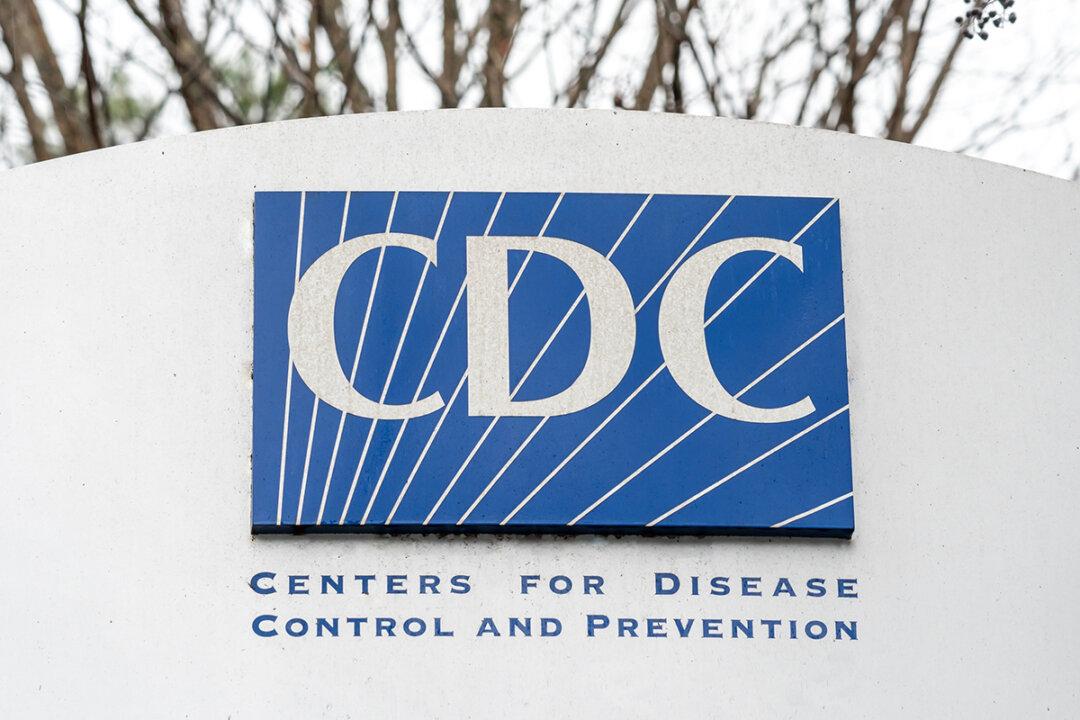According to the paper published in Health Affairs, their exit from public sector jobs to private industry has researchers concerned about a revolving door of entries and departures within the agency which could raise the possibility of pro-industry biases when it comes to important decision-making regarding the nation’s health care.
“Government staff exits to industry pose a risk to unbiased government decision-making because individuals seeking to leave may make decisions that favor industry employers as a way to enhance their job prospects,” study author Genevieve P. Kanter, an associate professor at the University of Southern California with a doctorate in economics and sociology, told The Epoch Times in an email.
At the same time, entries from industry to government pose a risk to unbiased government decision-making if a feeling of pressure exists because of staffers’ personal or professional ties to people at their former industry employer.
Industry Exit Rates Set the Stage for Regulatory Capture
The back-and-forth between sectors sets the stage for what’s called regulatory capture. The phenomenon occurs when a regulatory agency created to protect the public’s interests prioritizes or works in favor of special interest groups, political groups, or firms dominating an industry.Kanter and her co-author Daniel Carpenter, a professor at Harvard University with a doctorate in political science, examined the career histories of 766 employees appointed to different positions operating within HHS between 2004 and 2020.
During that time frame, 15 percent of people assessed were employed in the private industry just prior to coming on board the Food and Drug Administration, Centers for Disease Control and Prevention (CDC), Centers for Medicare and Medicaid Services (CMS), and other HHS agencies and departments.
In order to identify employee movement, they gleaned through the “United States Government Policy and Supporting Positions,” also known as the Plum Book. The Plum book is published every four years after each presidential election and lists all positions in the federal government that are open to noncompetitive appointment.
Ms. Kanter and Mr. Carpenter honed in on data from 2004, 2008, 2012, 2016, and 2020. The list consisted of employees hired during the presidential terms of George W. Bush, Barack Obama, and Donald Trump.
After compiling the list of appointees, researchers turned to LinkedIn profiles and searched the internet for bios, press releases, and organization announcements. The goal was to identify each person’s employer two years before and two years after they were appointed to their government position.
Over the course of the 17-year span, 32 percent of people opted to abandon their post within HHS in favor of nongovernmental industries. The agency staffers with the highest exit rates were from the Office of the Deputy Secretary (55 percent). Coming in at a close second and third were appointees at the CDC and CMS with exit rates of 54 percent and 53 percent, respectively.
The tidal wave of former public-sector employees landed jobs in private industry fields that included the biopharmaceutical industry, medical device manufacturing, health insurance, information and communication technology firms, real estate firms with medical portfolios, and consulting firms.
Regulatory Strategies Needed to Protect Public Interests
“There are no easy solutions here. It’s not ideal to limit labor mobility [where people work], but it is not unfair or unheard of to limit, for a defined amount of time, what services people can engage in post-employment,” said Ms. Kanter.For example, there are cooling-off periods that limit certain kinds of post-employment activities, but currently, these are narrowly defined but can and probably should be broadened, she added.
According to the study authors, a revolving door isn’t necessarily problematic. Compared to government jobs, employees can earn higher salaries in areas like biopharmaceutical and information technology industries. At the same time, government regulators who previously worked in industries they’re now regulating may have new and beneficial insights.
“The most important thing here for good governance is that the revolving door does not lead to pro-industry biases in regulatory decision-making,” Kanter said. “Given the complexity and subtlety of mechanisms of industry influence, regulation of the revolving door will require innovative legal and regulatory strategies.”






